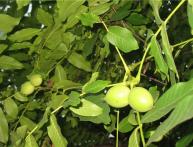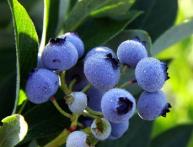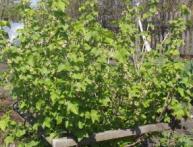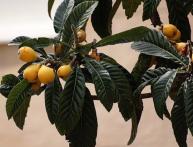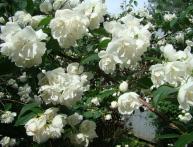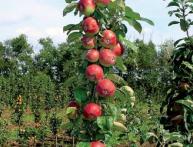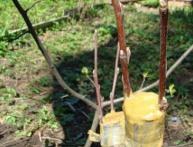Sea buckthorn in the photo
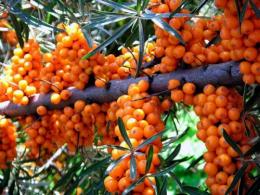
Sea buckthorn has been known for a very long time as a plant with healing properties. Even in Ancient Greece, horses were treated with decoctions and fresh leaves of sea buckthorn, after which the weakened animals quickly recovered.
Seen once sea buckthorn in the photo is already arousing interest. The berries on the branches grow very closely, often scattering all their free space, so that even the leaves are almost invisible. The fruits of sea buckthorn are sweet and sour in taste, aromatic, somewhat reminiscent of pineapple. The appetizing color of the berries contains a very large amount of sugars (11%), succinic, oxalic and malic acids.
But the main characteristic of sea buckthorn fruits is oil content. The berry pulp contains 4.5% sea buckthorn oil, and the Altai sea buckthorn contains twice as much oil - 9%! It is worth noting that the oil is present not only in the pulp of the fruit, but also in the seeds of the plant.
Sea buckthorn oil is extremely useful and highly valued in medicine. It has bactericidal properties, promotes rapid healing of wounds and burns, helps with stomach ulcers, and in the treatment of skin and gynecological diseases.
But those who suffer from severe gastrointestinal diseases, cholecystitis and pancreatic diseases should be careful when taking medications based on sea buckthorn. In these cases, the use of sea buckthorn should be agreed with a doctor without fail.
In addition to oil, sea buckthorn is a storehouse of vitamins. It is rich in vitamins of groups A, E, C, K, R. In terms of vitamin E content, sea buckthorn surpasses all fruit and berry crops.
I think that after such an exhaustive description of all the beneficial properties of this plant, you will certainly want the sea buckthorn that interests you in the photo to migrate to your garden plot and give health to you and your loved ones.

